When you build a SaaS app, how do you price it? The first option which comes to everyone's mind is a monthly/yearly subscription model
While building Clarity notes, I was stuck with a usual question when it comes to building a SaaS—How should I price the app? We settled on the usual monthly/yearly pricing structure. It included a free version to allow users to try out the YouTube note-taking feature as well as a Pro Plan involving all the advanced features not available in the free version. We also tailored an Academic Plan, offering students an affordable option to take notes on YouTube.
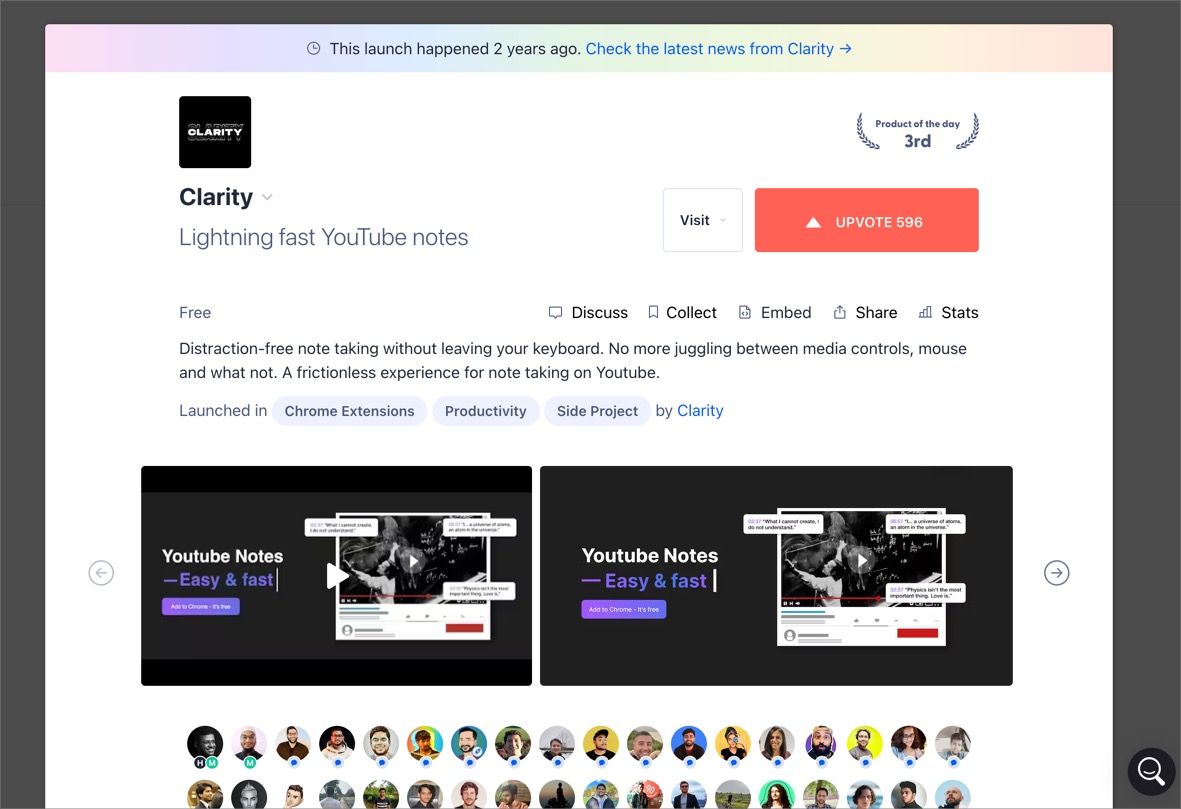
I was not an expert in pricing while launching this app. However, it took me time to explore the various options available for pricing in general. If we take the mythical thirty thousand foot view, no matter what we’re actually doing with pricing, whether it’s a — non profit, retail, SaaS, DTC etc — we’re ultimate in the business of value creation. Price, after all, is the exchange rate on the value we’re creating in the world. In Pricing 101, the monthly subscription plan is just one of the many possibilities to set the pricing. There are multiple such value metrics, such as — per seat per 1000 visits, per CPA, per GB used, per transaction etc.
Circling back to the value metric of a monthly subscription we tried out for Clarity Notes, when viewed in isolation, this case might appear appealing — after all, who wouldn’t be tempted by a service costing less than a cup of coffee a month?
Yet, when considering the broader context of numerous SaaS apps and subscriptions vying for a user’s attention, the allure diminishes. In today’s gig economy, there’s a growing trend towards renting rather than owning everything — from daily news sources like the New Yorker to music playlists on Spotify, and even on-demand video services like Netflix and YouTube.
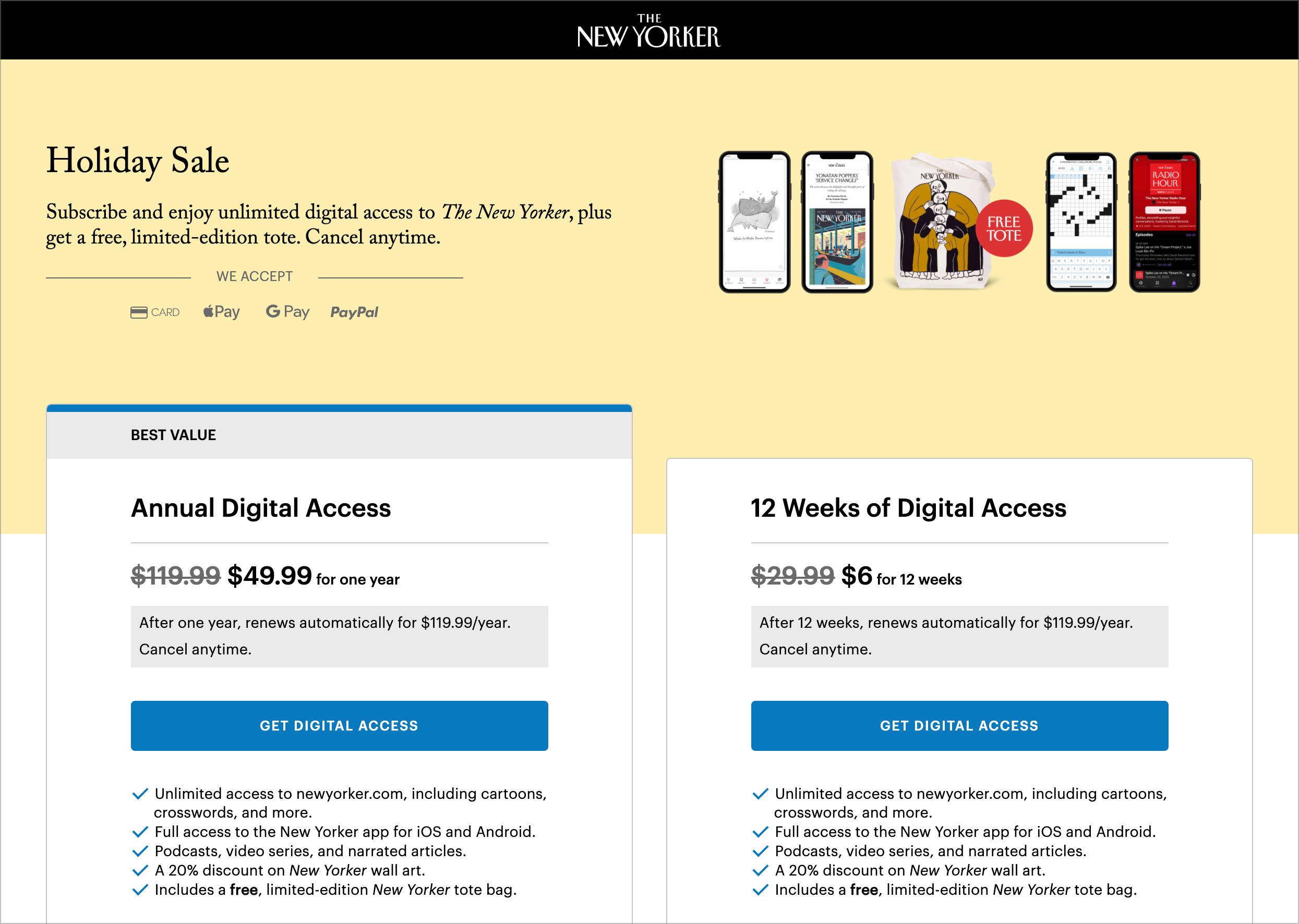
Sure, there are some costs associated with running software — ranging from customer support, cloud storage etc that could justify the monthly subscription model?
I came across this graph in Lenny’s newsletter which depicts the opportunity cost of not setting the pricing to the right value metric. We’re missing out on revenue by charging just a flat monthly pricing.
If you remember back to your high school or college economics class, the professor put a point on a demand curve for the perfect price and said “the revenue a firm gets is the area under that point.”
The problem here is — what about all that other area under the curve? You’re missing out on that revenue by charging a flat monthly fee.
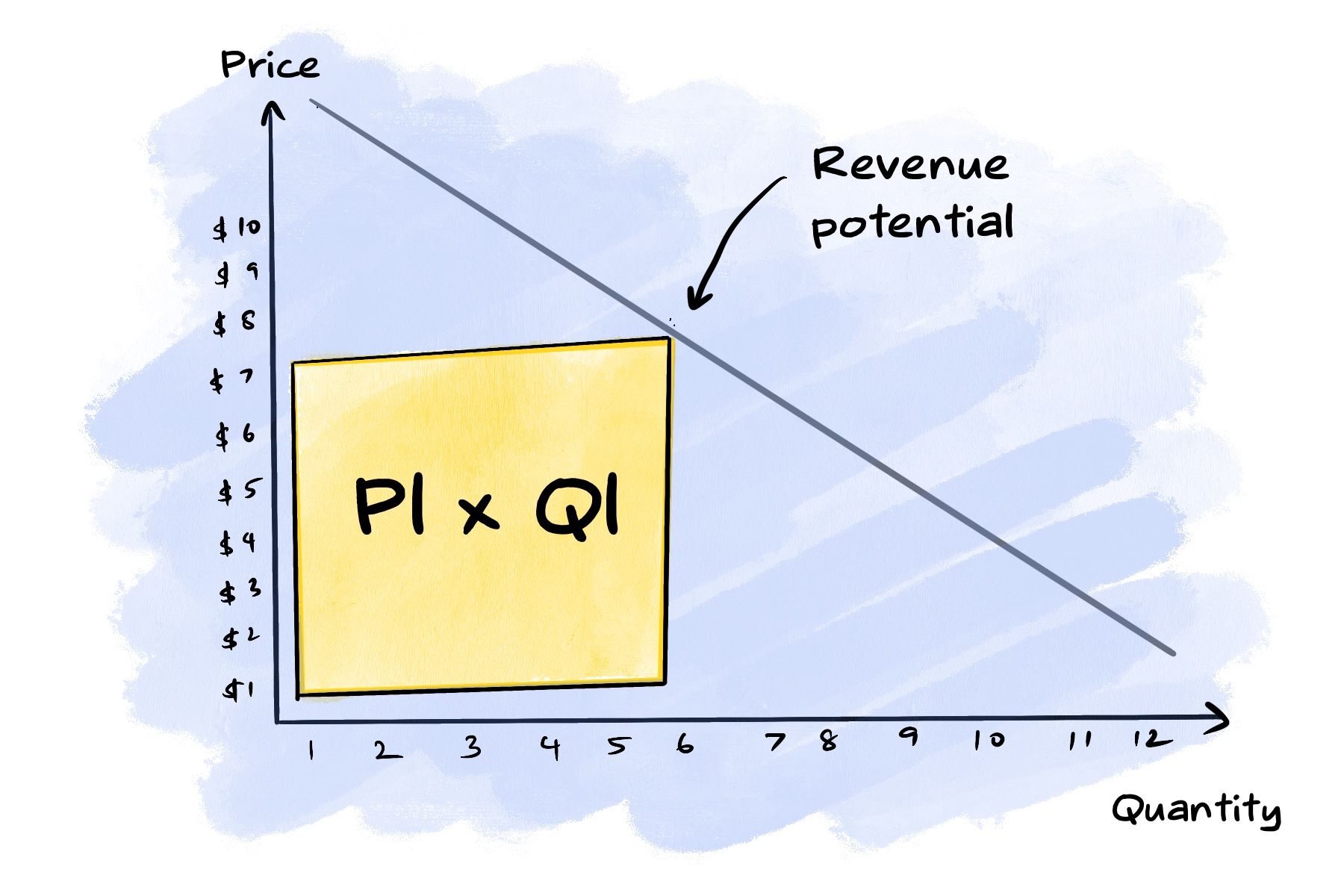
37signals rolled out an antidote to SaaS monthly subscriptions models with Once, which is a heretic to what it calls the “Church of Recurring Revenue” by selling software the old fashioned way: pay once and host the software. Just because software isn’t sold in a box doesn’t mean it has to be a subscription. “The post-SaaS era is around the corner,” promises Jason Fried, CEO of 37signals.
SaaS still makes sense for many products, but its grip will slip. Installation and administration used to be hopelessly complicated, but self–hosting tech is simpler now and vastly improved. Plus, IT departments are hungry to run their own IT again, tired of being subservient to Big Tech’s reign clouds — Jason Fried
Enterprises might also be facing various other hidden costs apart from hosting tech and providing customer support. Take this software for example — Audionotes.pro
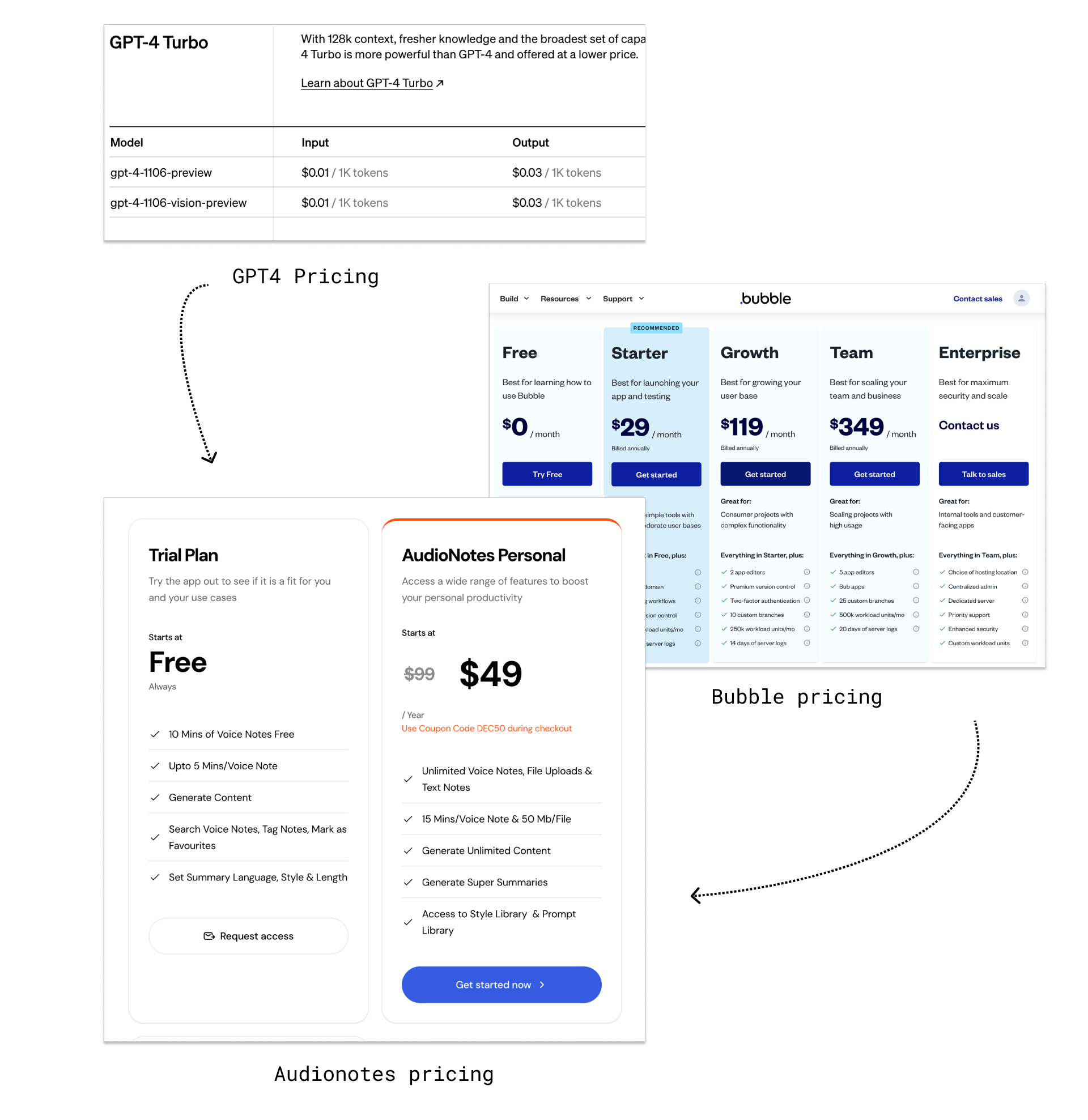
It’s an application helping you take automatic transcriptions of your audio notes. Audionotes is basically a Bubble application made on top of a GPT-4 API helping process and summarise notes better. It’s a wrapper on top of a subscription wrapper (Bubble) on top of another subscription wrapper (GPT4 API). And we pay for all the wrappers together (as a subscription)
In the long term, the users pay the brunt and might churn from opting into these subscriptions. (It’s one big pyramid scheme of subscriptions for the user). We also cannot blame the enterprises as they are also heavily dependent on various other enterprises offered as subscriptions.
Taking these factors into account, I’ve realised that Clarity notes is not just competing with other Youtube note taking apps, it’s also competing with Youtube, Netflix, Spotify etc. All of us are eating into the same monthly salary, piece by piece.
Which makes us think — Are there any alternative pricing models when it comes to SaaS products?
We’re seeing various innovations in SaaS pricing. Let’s look at five different software pricing models that don’t default to a monthly subscription model.
Lifetime deals
Once you purchase and redeem a lifetime deal, you have access to that tool for the lifetime of the product.
This might seem like a great option for users. You pay once and forget about it. The company also can benefit from the immediate capital injection. They are phenomenal for getting early adopters onboarded FAST.
However, growth might slow down when the lifetime deals end. In this regard, monthly subscriptions are considered a more sustainable offer for the enterprises.
Not just that, with lifetime deals, there is also this risk of complacency in updating and adding new features. However, in subscription models, this comes as a part of the package. Indiehackers place their apps in SaaS boutiques such as Appsumo for getting more visibility.
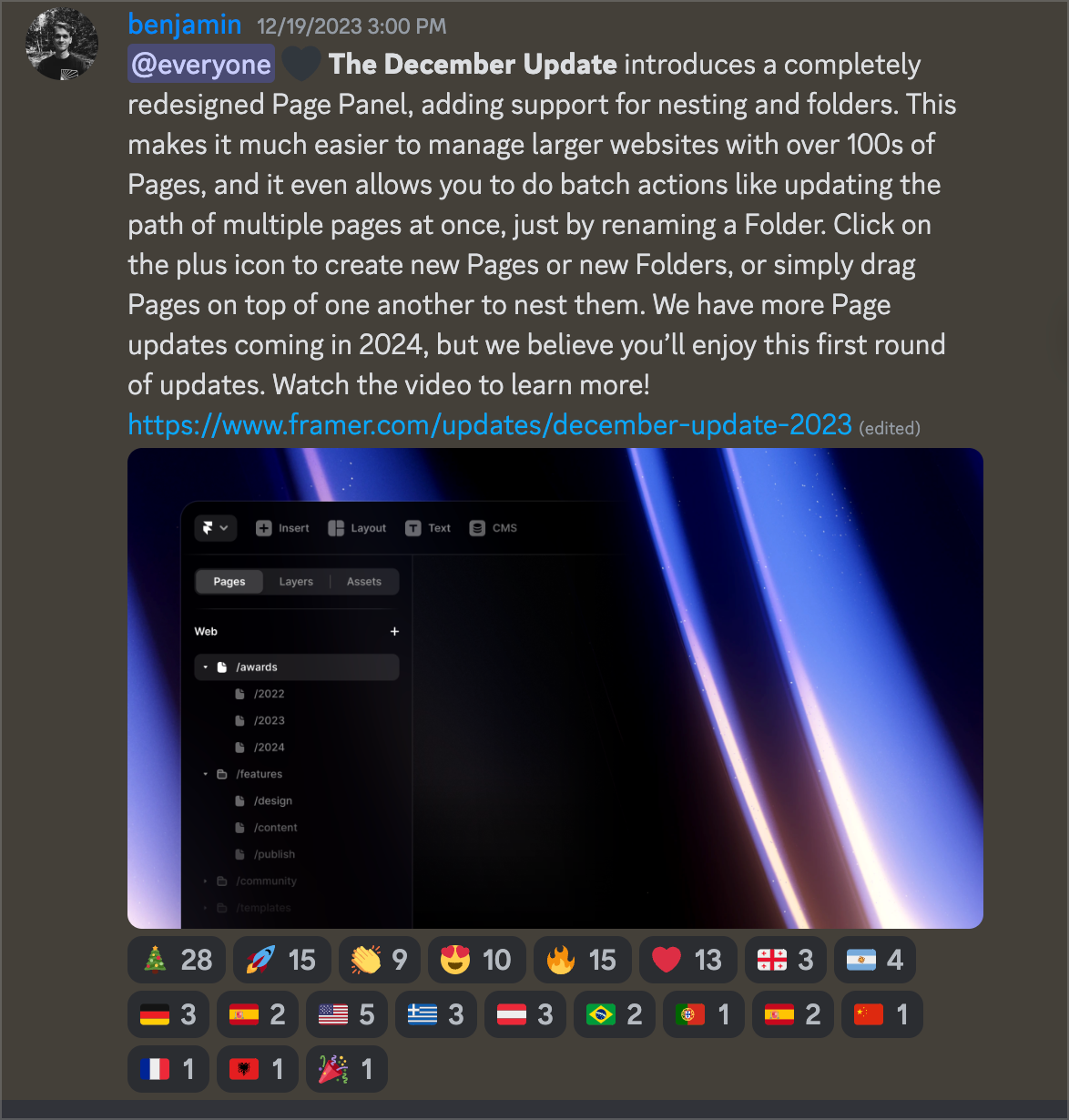
Lifetime deals + Monthly subscriptions
iA, the popular writing software has a very contrary take on their SaaS pricing. They offer both. They provide the customers and option to either buy or subscribe.
Surprisingly, the revenue share between one-time payments and monthly subscriptions for iA has been a tie—50/50.
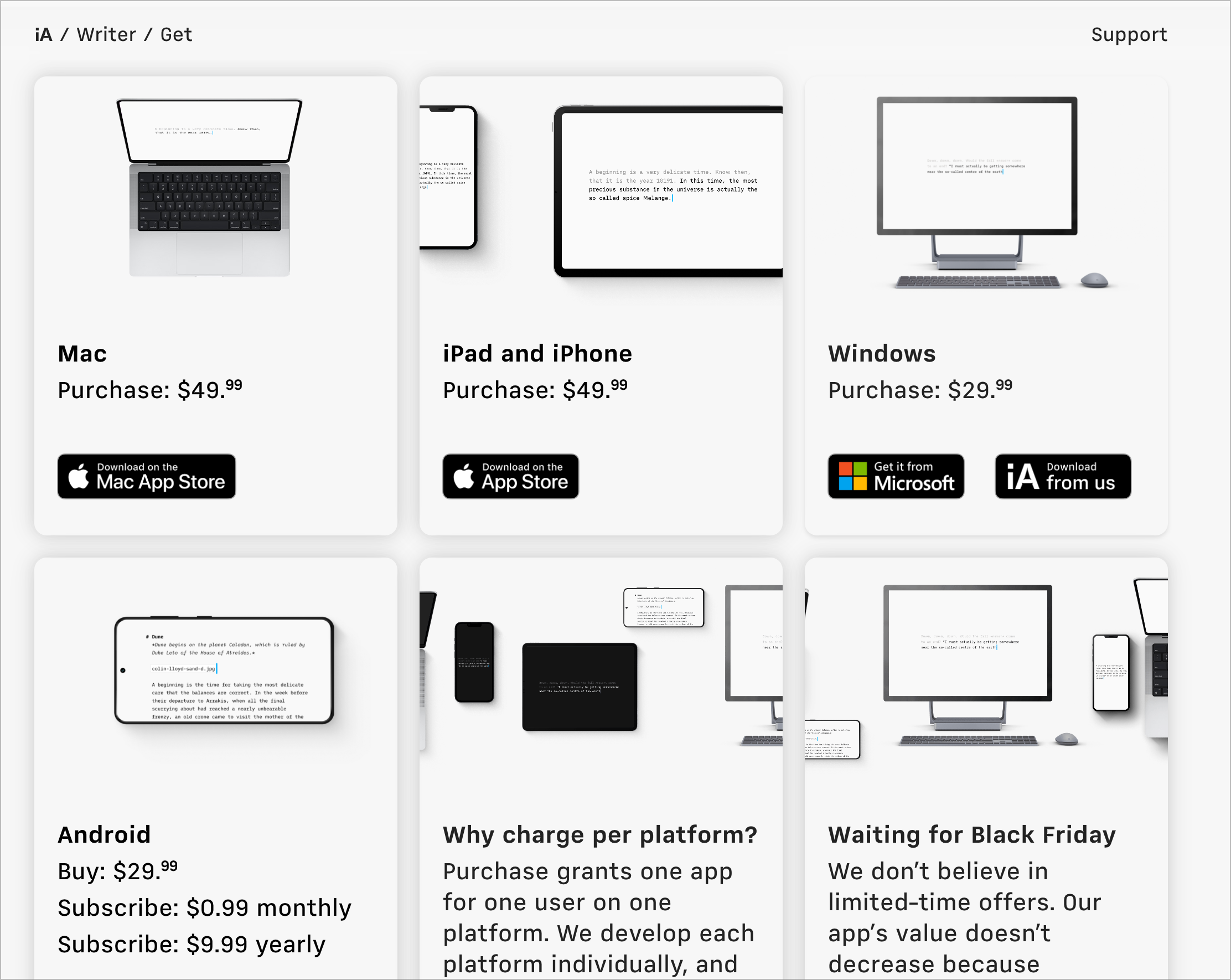
Buy Once + Host on your own server
If we circle back on the definition of a lifetime deal — Once you purchase and redeem a lifetime deal, you have access to that tool for the lifetime of the product.
Apart from the quick capital injection, it might not be sustainable for the enterprise as one might still need to pay for the hosting. These marginal costs might creep up over time.
Jason Fried, the CEO of Basecamp has a new spin to the pricing story. Through Once, they plan to provide users the ability to host the software. They just have to pay one-time for the software, and the rest is up to them to host it the way they would like.
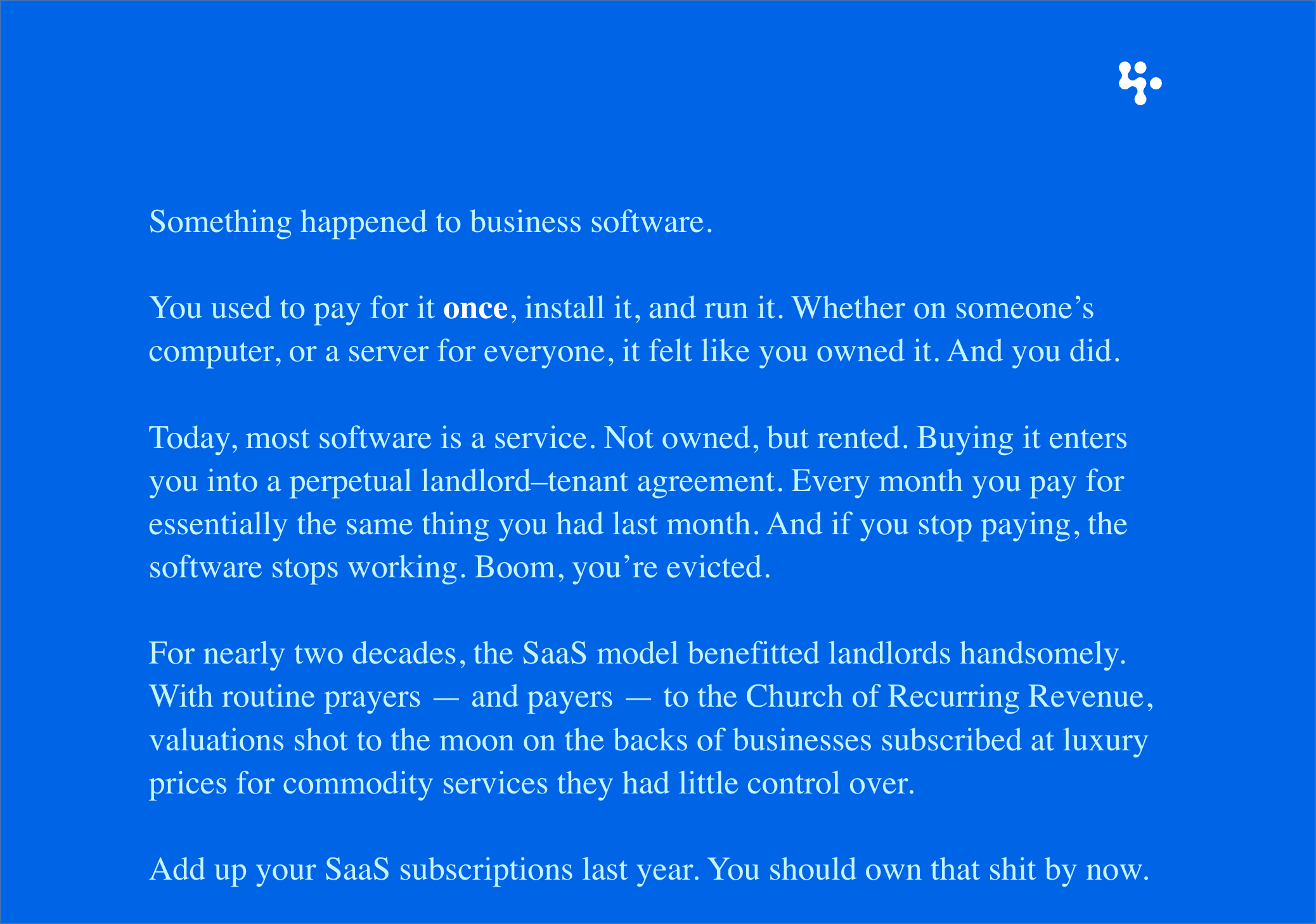
Pay per task
Zapier, a company valued at $5 billion, revolutionized its pricing structure by introducing a “pay-per-task” system, moving away from the traditional monthly subscription model.
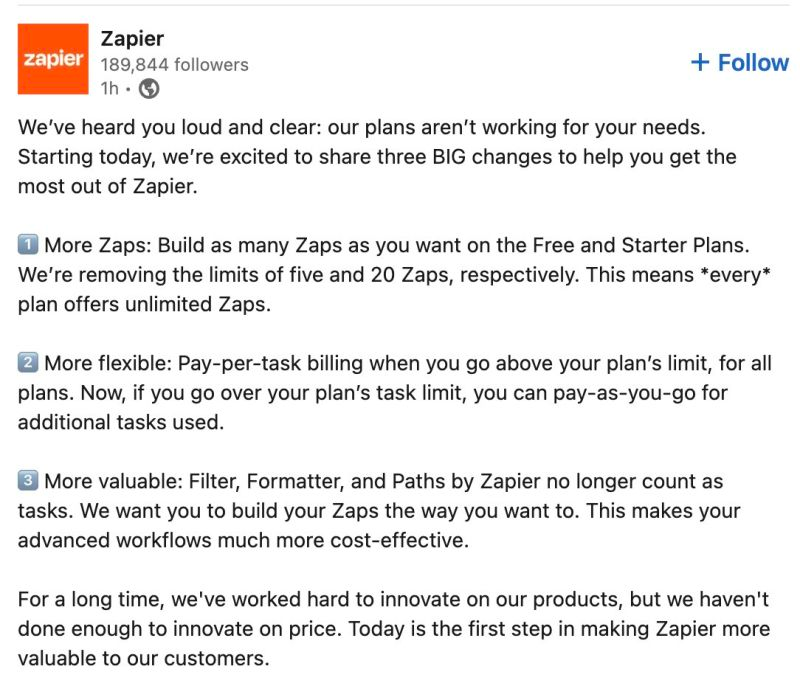
Pay-per-task, as an emerging model, reflects a nuanced understanding of customer preferences and a commitment to meeting their specific needs. This shift is likely driven by growing dissatisfaction with monthly subscriptions. Take, for instance, our annual expenditure of approximately $40,000 on Figma. Each monthly bill is a reminder of the disconnect between our usage and the costs incurred.
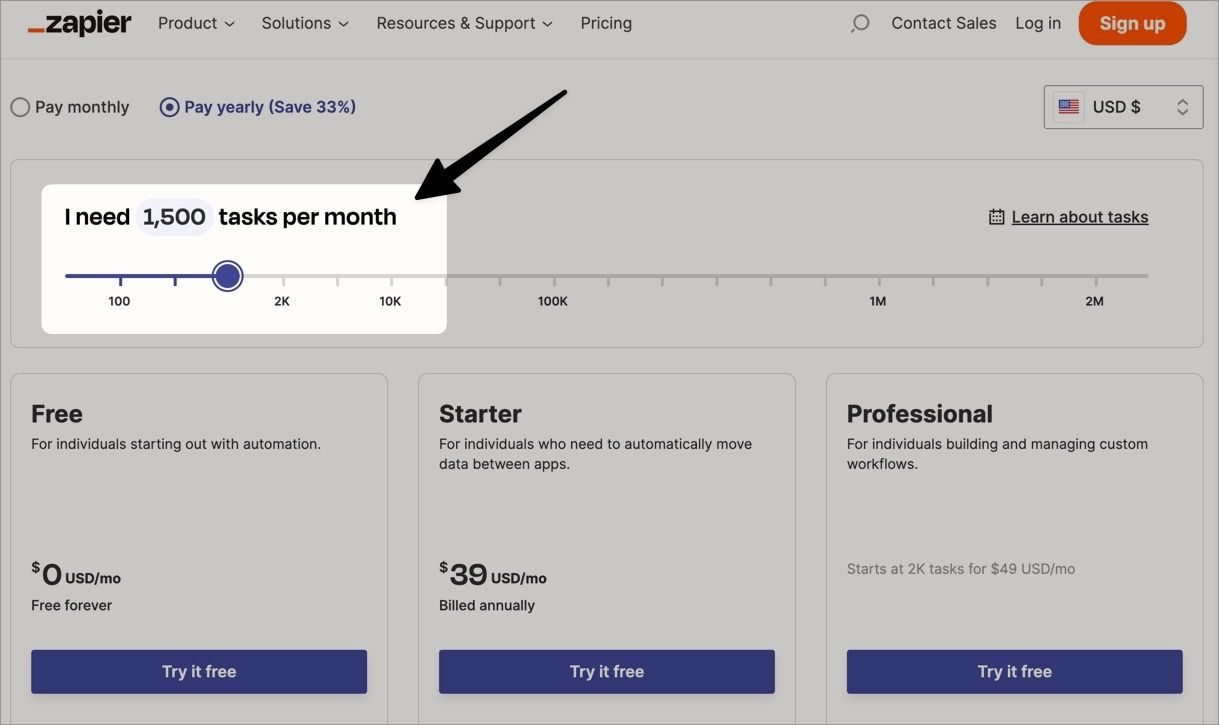
Alternatives like pay-per-pixel, pay-per-project, or one-time purchases are increasingly becoming more appealing.
Software Couture Houses
Recently came across Andy’s !Boring — an independently owned software couture house.
Under the !Boring umbrella, Andy has launched a suite of apps — Weather, Calculator, and Timer, (Not Boring) Habits wildly amplifying a pretty mild-mannered category, tearing down the traditional approach in favor of eye-popping aesthetics, zingy haptics, spiffy 3D animations, and plenty of the delight and fun that nabbed the app its 2022 Apple Design Award.
They are designer-labelled, contrarian, and far from the default. As the title claims to ‘ditch the default, and to support interesting’ —
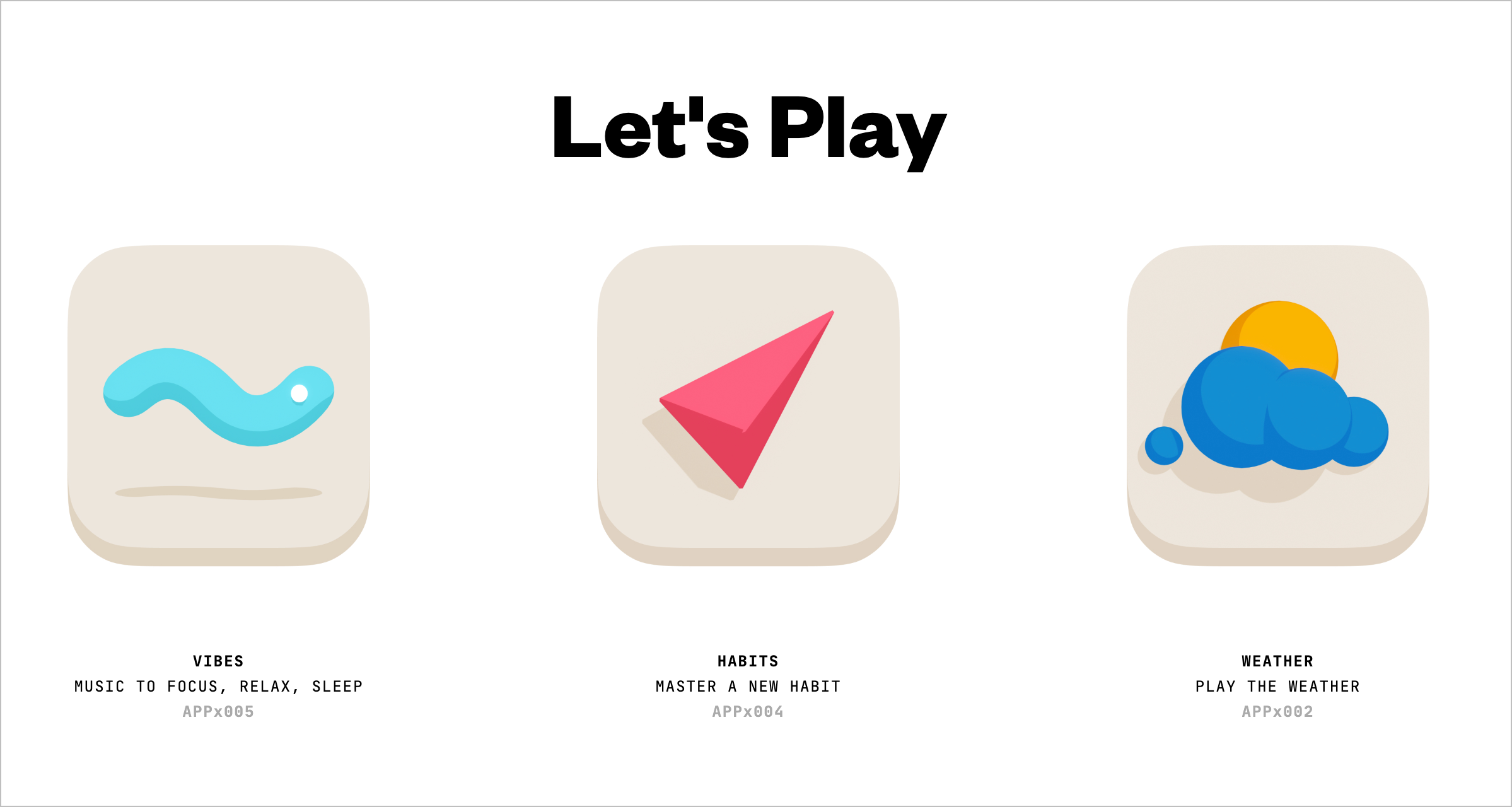
How does the pricing work? — You pay for the membership and get access to the entire range of apps that are developed by Andy. It’s more like a SaaS, but instead of paying for one app, you pay for the whole gamut of apps. It’s a bit different from an aggregator such as Appsumo as it’s not a collection of curated applications.
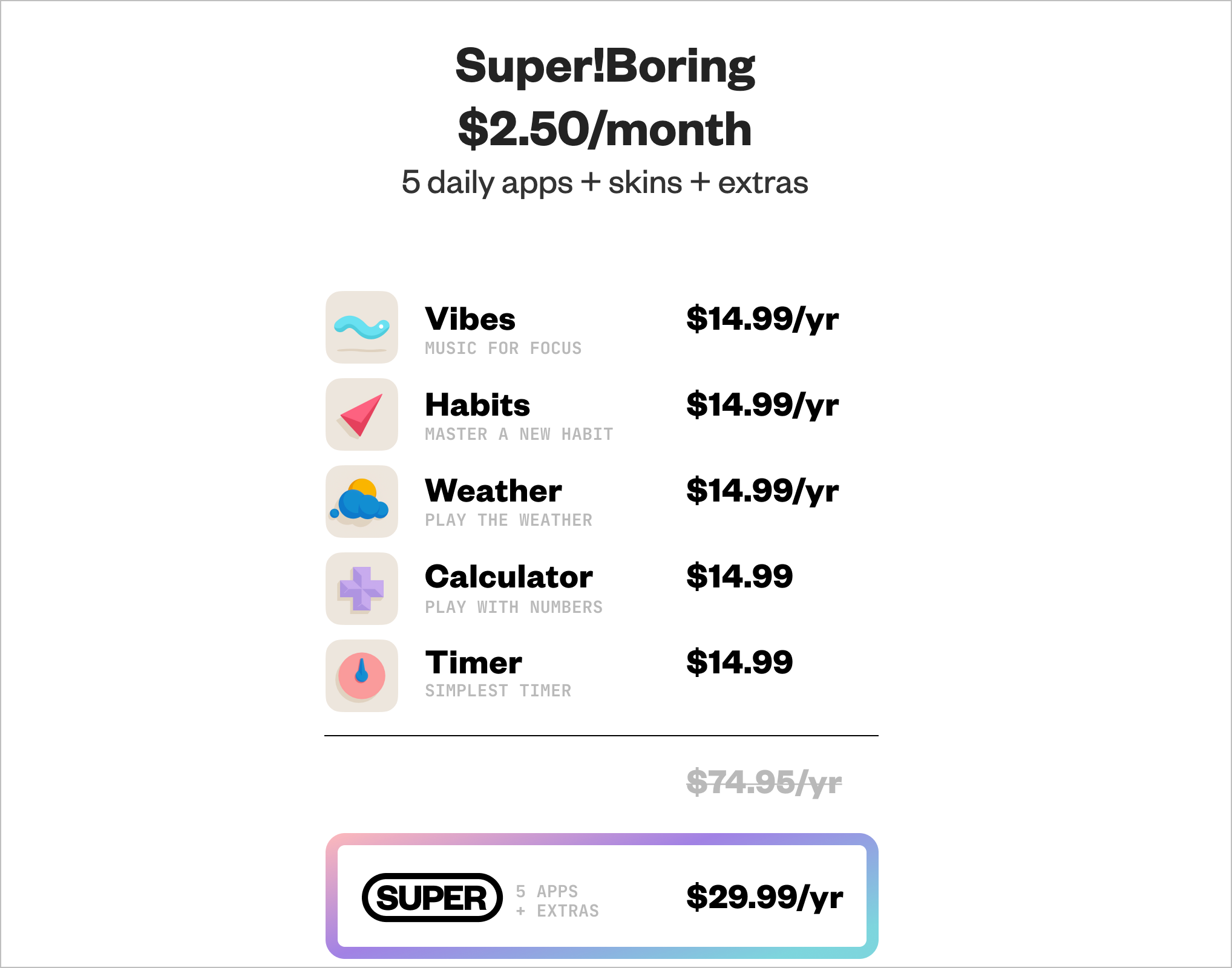
I foresee many such software couture houses.
What’s next?
Historically, we have always taken the stance of function over form, and to just GET THE JOB DONE. However, this very act has backfired in some cases. People don’t just seek utility, but also fun and delight.
I just wanted to conclude this incomplete essay with a quote by Verganti, a pioneer in design-driven innovation—People don’t buy products. People buy meanings.
Dear enterprises, we’re tired of your subscriptions. We seek newer meanings and want to rethink our relationship with software.
It’s nice to see various such relationships emerge, as shown from the earlier examples — ranging from renting, to owning, to renting partially, to owning a suite of apps, to even renting a suite of apps. Software is eating the world. And let’s make sure that it eats the world the right way.
